Pokémon Day: From Pocket Monsters, to TCG and Pokémon GO
- Published
- comments

If you love Pikachu, Eevee and Charizard then Pokémon Day is for you!
It takes place each year on 27 February, and in 2024 is celebrating its 28th anniversery.
From the games, to the TV series and trading cards, Pokémon has had a huge influence on the world since it was created.
We've been taking a look back at the history of Pokémon to see how it started and how much it's grown over the last 28 years.
So, if you want to be a Pokémon Master... of knowledge - then take a look!
The beginning of Game Freak, and Pocket Monsters
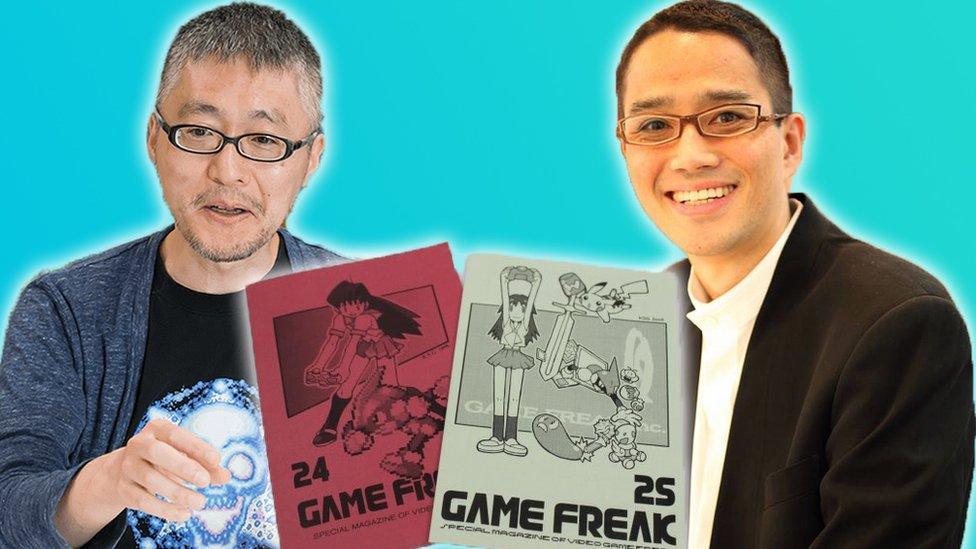
Ken Sugimori (left) and Satoshi Tajiri (right) helped to bring Pokémon to life. In the middle is the magazine they both worked on.
Pokémon was invented by a Japanese man named Satoshi Tajiri and his friend Ken Sugimori, who is an illustrator.
Back in 1982 Satoshi started a gaming magazine together with his friends called Game Freak, but after a while he decided to start making his own video games, instead of writing about them.
In 1989 Satoshi turned Game Freak into a gaming company, and together with his friends they released a few games such as Pulseman, Yoshi and Mario & Wario, which did pretty well.
In the early 1990s, inspired by his childhood exploring forests and finding bugs and tadpoles, Satoshi came up with the idea for Pocket Monsters (or as it's better known Pokémon), and pitched it to Nintendo.
Satoshi Tajiri loved bugs so much when he was younger, he wanted to be an entomologist - a person who studies bugs - and his passion earned him the nickname 'Dr. Bug' from his friends.
WATCH: Bird Keeper Toby and Randolph tell us how Pokémon inspired them
The first Pokémon games are released
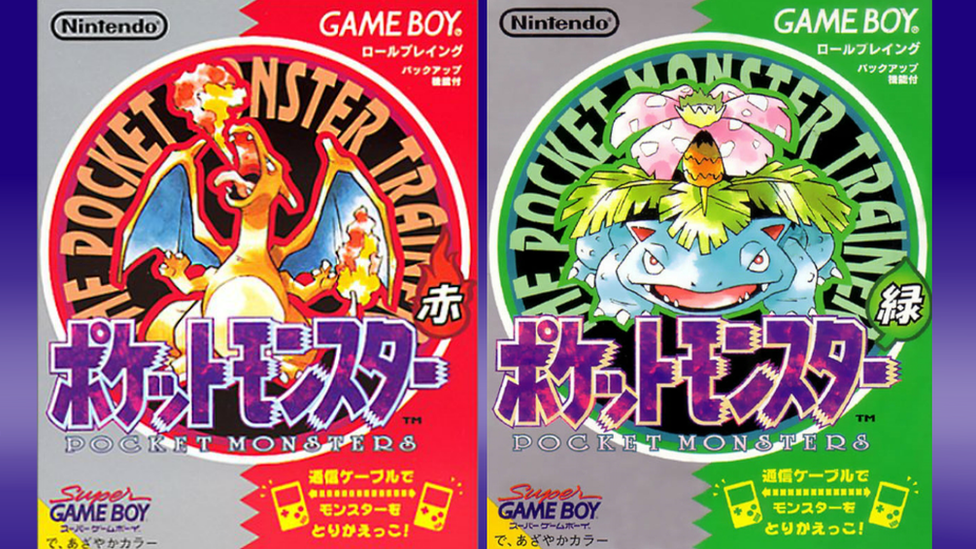
One of the original name ideas for Pokémon was Capsule Monsters!
Nintendo was a bit unsure about Pocket Monsters at first, but eventually accepted, and Satoshi spent the next six years working with legendary game maker Shigeru Miyamoto (the man behind Mario and The Legend of Zelda) to make Pocket Monsters a reality.
On 27 February 1996, Pocket Monsters was released in a Red and Green version for the Gameboy, in Japan.
The games were on a cartridge, and players could trade Pokémon using a cable to connect to each other's Gameboy.
In the Japanese games and TV series the main character is called Satoshi, and his rival is named Shigeru as a tribute to Tajiri and Miyamoto.
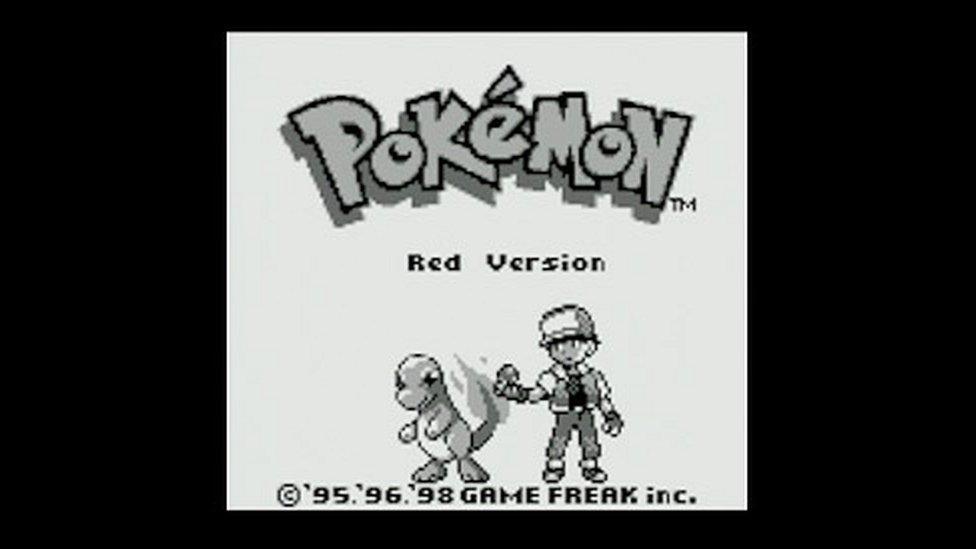
What the opening screen looked like on Pokémon Red - The Gameboy wasn't available in colour yet, so the game was in black and white.
The games went on to sell millions of copies, and were later released to the US in 1998, and the UK a year later, as a Red and Blue version (instead of Green).
The name was also shortened from Pocket Monsters to Pokémon.
Since then, seven more generations of Pokémon games have been released, from Gold and Silver, to Ruby and Sapphire, Diamond and Pearl, Black and White, X and Y, Sun and Moon, and most recently Sword and Shield.
With each new generation more Pokémon joined the games, in fact there are now around 898 different species of Pokémon! (So it's going to take a long time to Catch 'Em All!)
There are eight different regions to explore in the Pokémon world: Kanto, Johto, Hoenn, Sinnoh, Unova, Kalos, Alola, and Galar.
Pokémon at 25: A timeline - from release to remakes (2021)
From cartridges to cards - How Pokémon trading cards began
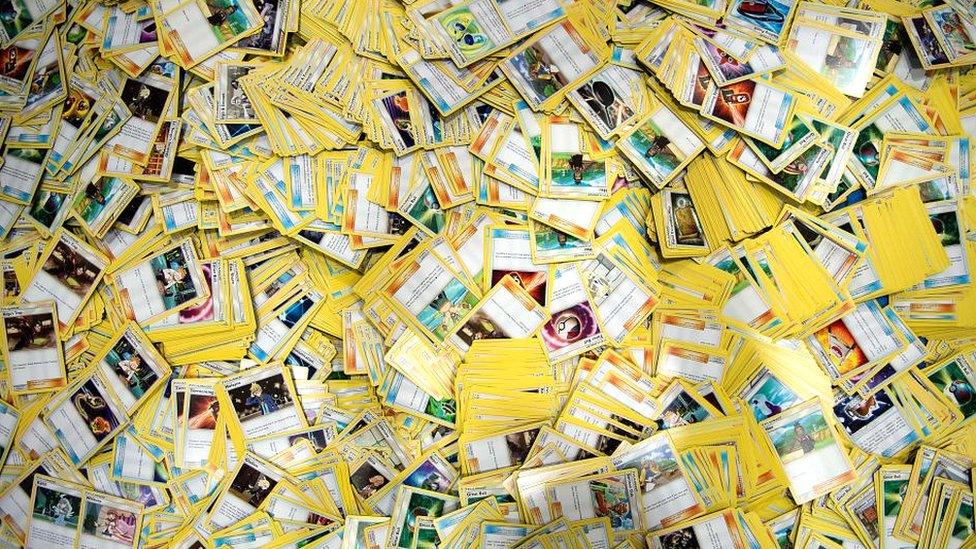
Now that's a lot of Pokémon cards!
After the success of the first games, a company called Media Factory created the Pokémon Trading Card Game (or TCG for short).
The first set of cards was released on October 20, 1996, containing 102 cards, with drawings by Ken Sugimori, Mitsuhiro Arita and Keiji Kinebuchi.
The cards soon became very popular, and three years later in 1999, they were introduced to North America by Wizards of the Coast and shortly after the rest of the world.
Pokémon card tournaments sprang up, where players could battle it out, and there is now even a world championship tournament.
Since then, more than 30 billion cards have been printed, and some people will even pay hundreds of thousands of pounds for some of the more rare cards.
The most expensive single Pokémon card to sell at auction was a first edition holographic shadowless Charizard card which sold for a whopping $369,000 (around £262,000) in 2020.
Satoshi or Ash? - A Pokémon TV series launches!

Ash and Pikachu got off to a bit of a bumpy start, but soon became best friends
In 1997 Pokémon was turned into an animated TV series in Japan.
It followed the story of a boy named Satoshi (named after Satoshi Tajiri himself), as he set off on a journey to try to become a Pokémon master with his companion, Pikachu.
When the series was released worldwide, the producers changed Satoshi's name to Ash Ketchum.
Since then, there has been 23 series of Pokémon, and more than 1,000 episodes of the show!
In 2019 Ash finally beat the Alola Pokémon League, to became a Pokémon Master in the Sun and Moon series.
Pikachu gets its name from 'Pika' the sound Japanese people say an electric spark makes, and 'chu' the sound a mouse makes.
The First Movie - Pokémon hits the big screen
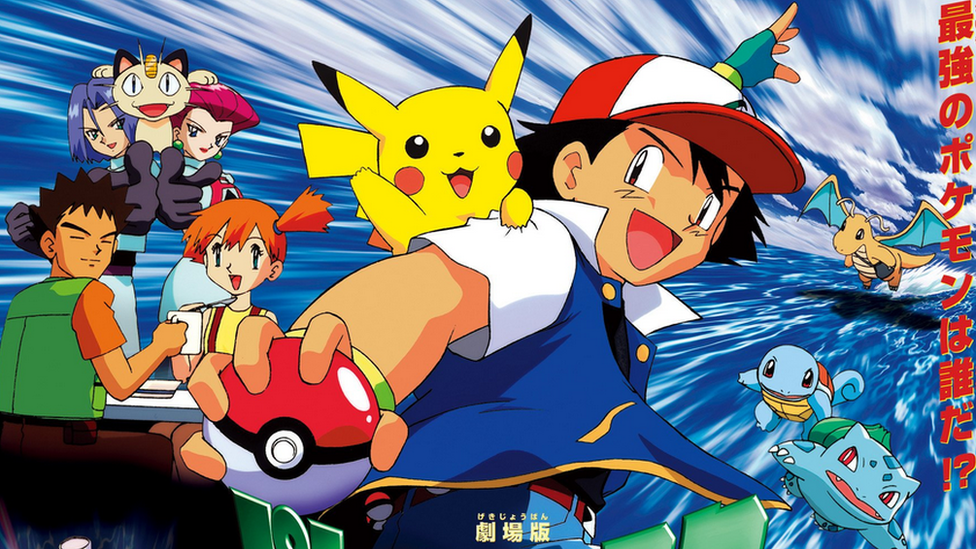
A year after the first TV series dropped, a movie hit cinemas in Japan.
The film, called Pocket Monsters the Movie: Mewtwo Strikes Back, followed trainer Ash Ketchum and his friends as they are invited to a mysterious island where they meet the powerful Pokémon Mewtwo.
The film was a huge success and was released worldwide a year later.
Since then 23 animated films have been made, and one live action movie, Detective Pikachu which starred Ryan Reynolds.
Pokémon GOes mobile

In 2016 a pretty big game landed on our phones and made waves around the world upon its release: Pokémon GO.
The game was pretty ground-breaking, as it allowed players to explore their neighbourhood in the real world, using satellite and augmented reality technology to make it seem like the Pokémon on their phone screens, were really there.
Pokémon GO smashed download records on its release, and has since been downloaded more than a billion times! Now that's a lot of Pokémon trainers!
Remakes and the future of Pokémon
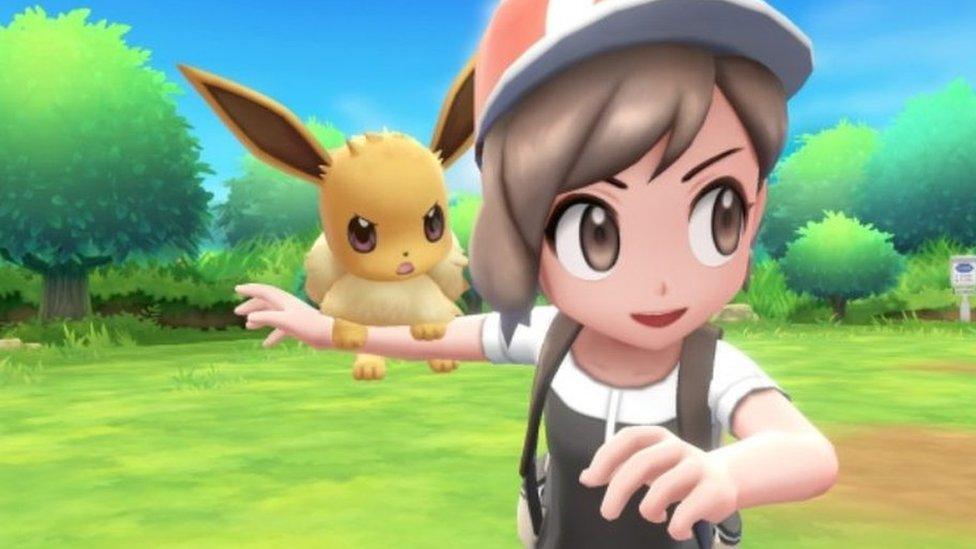
Two years later in 2018 Nintendo released a remake of the Pokémon Red and Blue and Yellow games in the form of Let's Go Eevee and Pikachu.
New technology meant that players could use the Nintendo switch controllers to throw pokéballs, and using a special pokéball controller, could even take them out for walks.
The game broke records in its first week of release, and sparked a new wave of Pokémon remakes, including the most recent game announcement… Pokémon Snap, which will be out later this year.
The Pokémon Company has hinted that there could be more remakes on the way, so fans will have to wait and see!
- Published12 June 2019
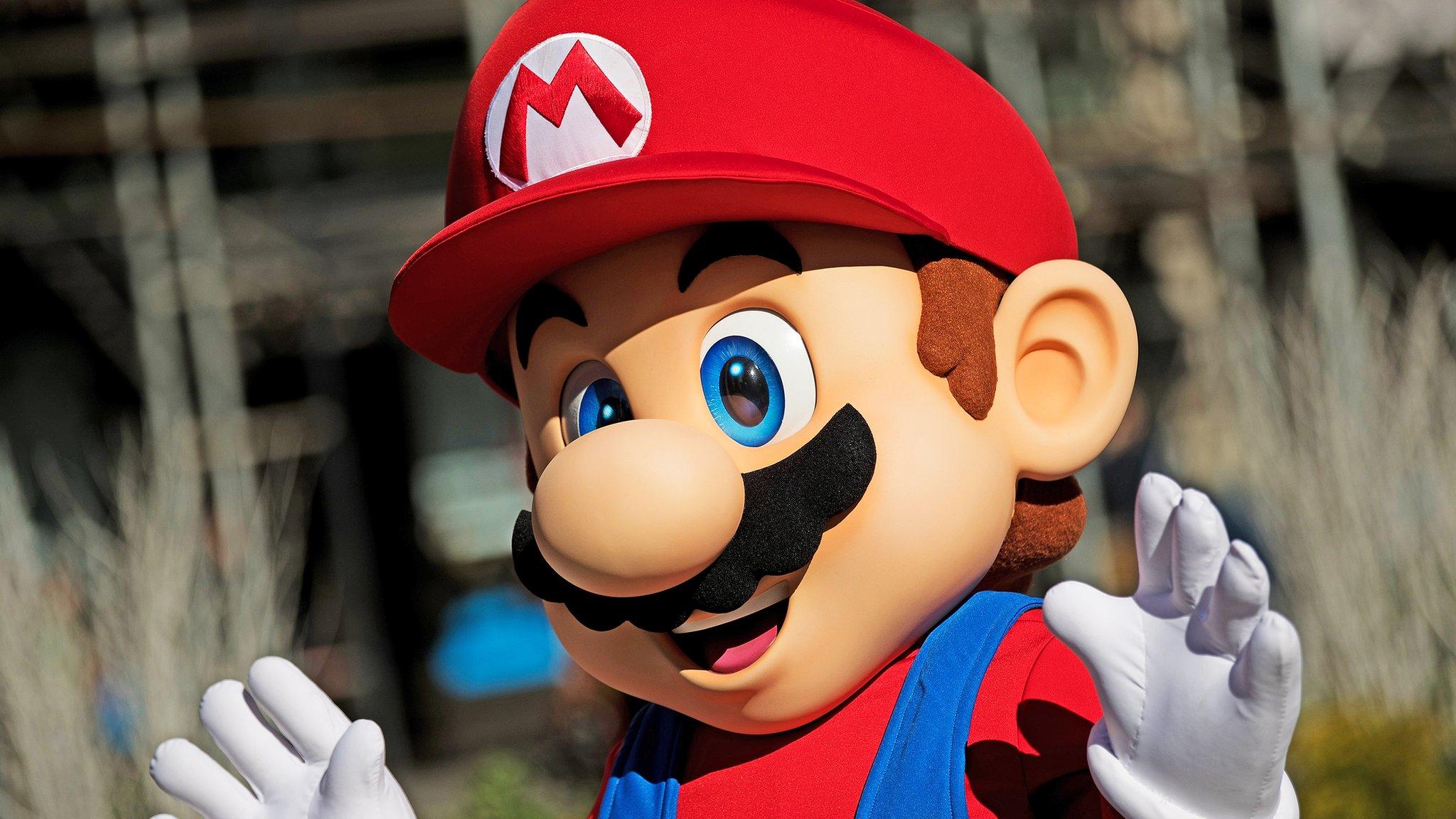
- Published13 October 2013
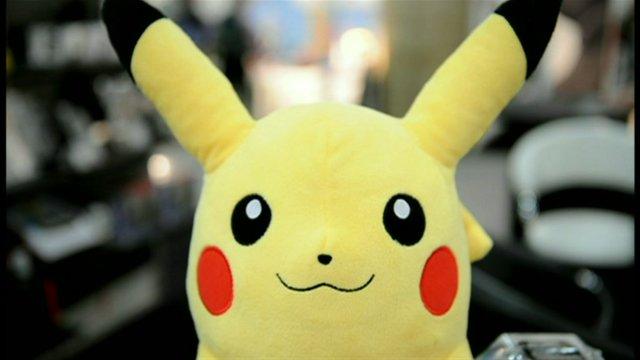
- Published19 September 2020

